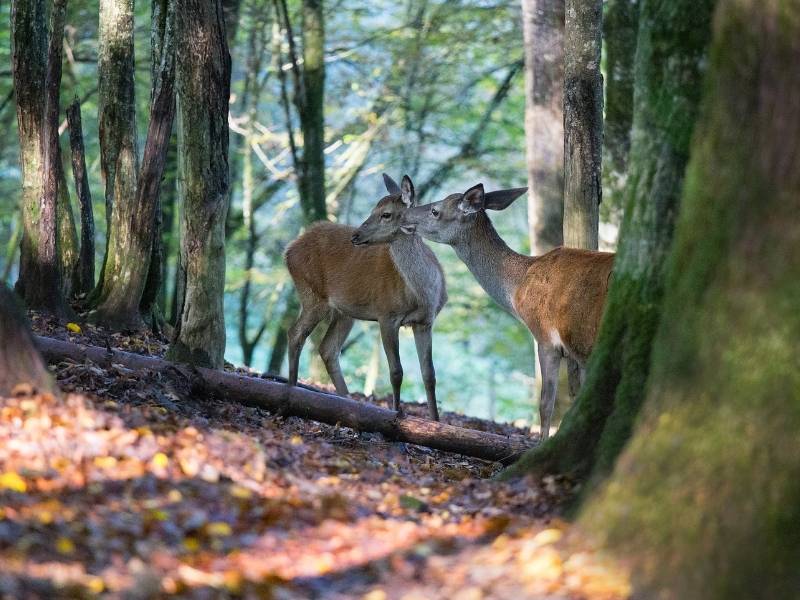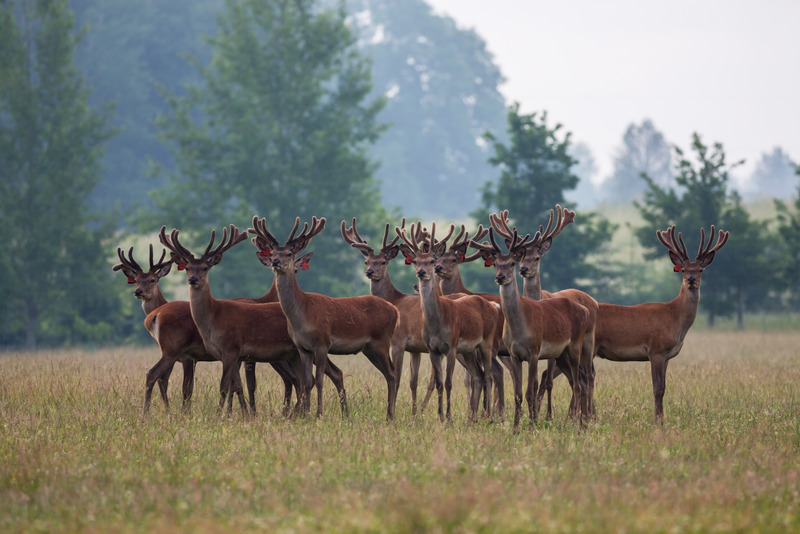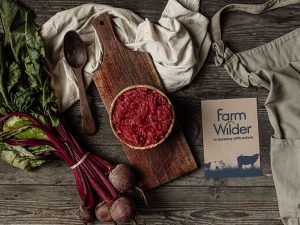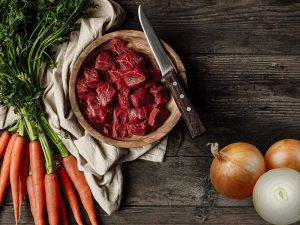Deer, Oh Deer…

Deer, Oh Deer…
By Tim Martin
Why we need to eat more wild-shot venison to save woodland wildlife.
There’s hardly a day goes by without newspaper story about the pros and cons of meat: why we shouldn’t eat it, or why we should (as long as it’s less of the right sort of meat - ie Farm Wilder regeneratively reared wildlife friendly meat). But there’s one sort of meat which we unequivocally do need to eat more of - a lot more of - and that’s wild shot venison.
The Great British Deer Takeover
We need to eat more venison because we’ve got way too many deer. There are estimated to be over 2 million deer in the UK, from 6 different species. Only Red Deer and Roe Deer are native, but we also have Fallow, Sitka, Muntjac and Chinese Water Deer, and since 1999 total numbers have doubled. There are now more deer than at any time than at any time in the last 1000 years.
As a kid growing up in the Welsh borders in the 1980s I hardly ever saw one outside of deer parks. Perhaps the odd Roe Deer skulking in a woodland, but that was it. Now they seem to be everywhere. Even the mighty red deer, that icon of the Scottish Highlands, is now thriving in England, with over 12,000 of them, mostly in Cumbria, East Anglia, Hampshire and the South West. On the one hand this expansion is good news - everyone loves Bambi, and it’s great to have more large animals gracing our depleted countryside. But there’s a darker side to deer - we have so many that they are now causing serious damage.

The Human Cost of So Many Deer
The destruction wrought by deer affects us in many different ways. The killing of saplings in forestry projects is estimated to cost £4.5million per year. Damage to farmers’ crops adds another £4.3million. Then there’s the 74,000 annual road accidents they cause, costing an estimated £17million in damaged vehicles, 700 human injuries and up to 20 deaths. Bambi comes with a pretty hefty price tag.
Damage to Wildlife
In nature, whenever one species takes over, there tend to be negative consequences for others. Many deer eat many plants, and their prime source of food is the understory of woods, where they consume young trees, and shrubs including brambles, honeysuckle, wild rose, heather and bilberry - plants that provide nesting sites and food for many birds. Scientists found half the number of woodland birds where deer were present, with the hardest hit species including Nightingales, Blackcaps, Chiffchaffs, Willow Tits and Willow Warblers. Dormice are another victim, as are rare butterflies such as the white admiral, which relies on honeysuckle for its caterpillars and bramble nectar for its adults. Many of our woods are now comprehensively overgrazed, with at least 8000 hectares of our most valuable SSSI designated woods in poor condition because there are too many deer.
What Can We Do?
Nature’s solution is more predators, but Britain long ago lost the wolves and lynx that could control deer. Predators help in two ways: by eating deer, and, just importantly, by keeping prey on the move, which prevents them from stopping long enough to overgraze any single area. Even more intriguingly, studies in the US have found that wolves actually reduce deer-related road accidents, because wolves use road margins to move around and to hunt, so if you’re a deer the last place you want to be is anywhere near a road. There are plans to reintroduce lynx in the UK, and having these secretive wild cats back in our woods would be wonderful, but returning wolves to anywhere, save perhaps our remotest upland areas, remains a very long shot indeed.
The Importance of Culling
In the absence of predators, the job of controlling deer numbers must fall to humans. Better fencing can help, but this is expensive, ugly, and reduces access to woodland for people, so culling is also vital. Sending people out to shoot deer is also costly, which is why we need to develop a thriving market for wild shot venison, so that the costs of culling are covered through sales. This is why Farm Wilder only sells wild shot venison, rather than from deer parks or deer farms deer. It seems crazy to devote precious farmland to rearing deer when there’s so much wild venison available.
Free Woodland Wildlife With Every Purchase
Our venison is humanely culled from Forestry England woodlands in the South West by expert hunters, using only copper (never lead) bullets. So next time you’re thinking of buying beef or lamb, give venison a go. It’s exceptionally tasty, it’s generally cheaper, and you can enjoy it knowing you’re doing your bit to protect our woodland wildlife.
Shop the ingredients

Wilder Venison Mince
£7.75

Wilder Diced Venison
£7.75


